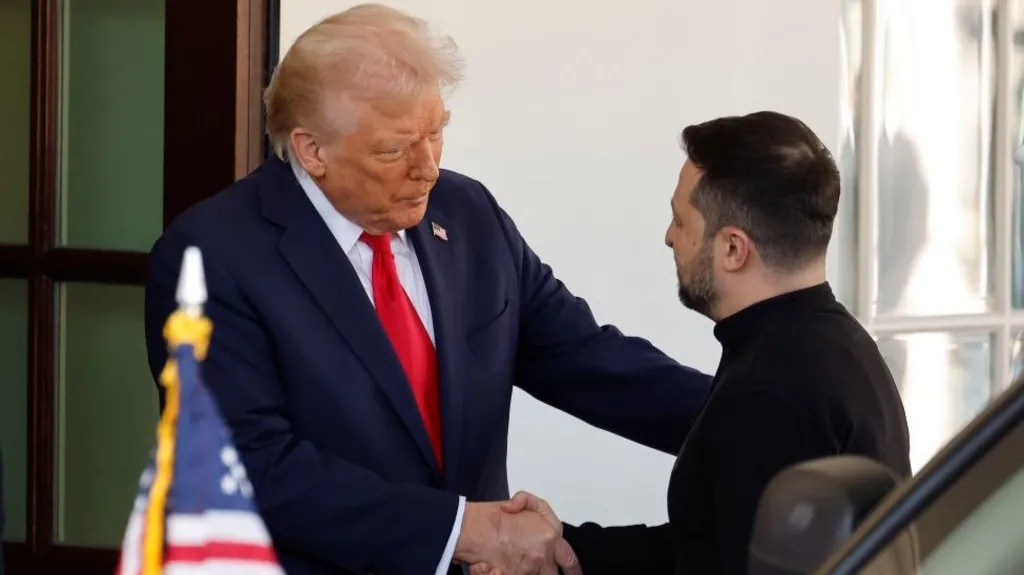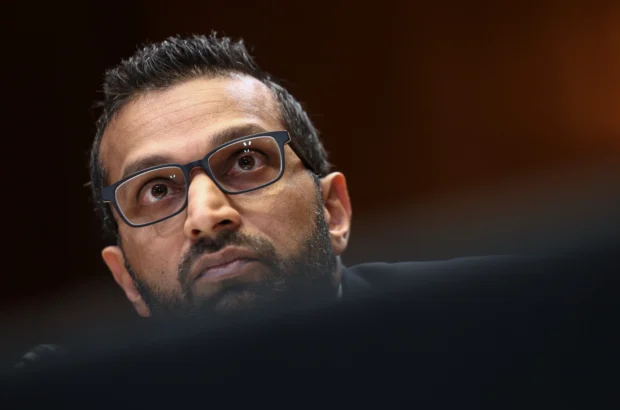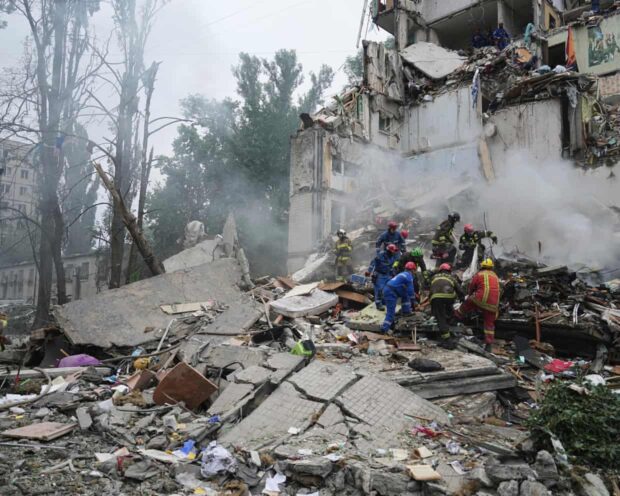
The US and Ukraine have signed an agreement granting Washington access to some of Ukraine’s natural resources, a deal months in the making that establishes an investment fund aimed at securing continued US assistance as Ukraine battles Russia’s invasion. Here are the key points from this significant arrangement:
Despite former claims, President Trump has not required Ukraine to repay the estimated $350 billion in US aid provided during the war – a demand previously rejected by President Zelensky. Ukrainian Prime Minister Denys Shmyhal confirmed the agreement contains no provisions for debt repayment, though Trump has characterized the deal as beneficial for America, stating the US will theoretically receive “much more” than what was provided under President Biden.
The agreement’s language toward Russia is notably stronger than typical Trump administration rhetoric, referring explicitly to “Russia’s full-scale invasion.” The US Treasury Department added that those who “financed or supplied the Russian war machine” would be excluded from Ukraine’s reconstruction efforts – a stance likely to please Kyiv, which has pushed for increased pressure on Russia in ceasefire discussions.
While much attention has focused on Ukraine’s mineral wealth, the agreement also covers oil, natural gas, and other hydrocarbons. All resources remain under Ukrainian ownership, though with joint US access. The inclusion of oil and gas represents a shift from earlier drafts, with senior US officials suggesting these resources could yield “more value” if fighting ends promptly.
Addressing concerns about Ukraine’s EU aspirations, the agreement acknowledges Ukraine’s intention to join the European Union and states that the deal should not conflict with this goal. The US has agreed to renegotiate terms if necessary to accommodate Ukraine’s “additional obligations” related to EU membership. Ukrainian officials note that the US will support further investment and technology transfers to Ukraine, including from the EU.
The US has positioned this agreement as crucial for continued military assistance to Ukraine. First Deputy Prime Minister Yulia Svyrydenko indicated the deal anticipates new US support, including air defense systems, potentially signaling a shift in Trump’s approach to winding down military aid.
However, the agreement appears to lack concrete security guarantees from the US, a long-sought commitment from Ukraine and European partners. Trump’s willingness to maintain support seems tied more to the economic aspects of this deal rather than military commitments, leaving some uncertainty about America’s long-term position.
Ukrainian officials have highlighted that profits from the reconstruction investment fund will be “fully reinvested in Ukraine’s economy” for the first decade. While potentially significant, this provision isn’t explicitly included in the Washington agreement and may be part of future “technical” arrangements. Deputy Prime Minister Svyrydenko noted these terms “will be subject to further discussion.” After this initial period, profits may be distributed between the partners.
US Treasury Secretary Scott Bessent characterized the deal as giving Americans “a chance to participate, get some of the funding and the weapons, compensation for those and be partners with the success of the Ukrainian people.” White House Deputy Chief of Staff Stephen Miller described it as “repayment” for the “hundreds of billions of dollars that our taxpayers suspect subsidised the war.”












Be the first to leave a comment